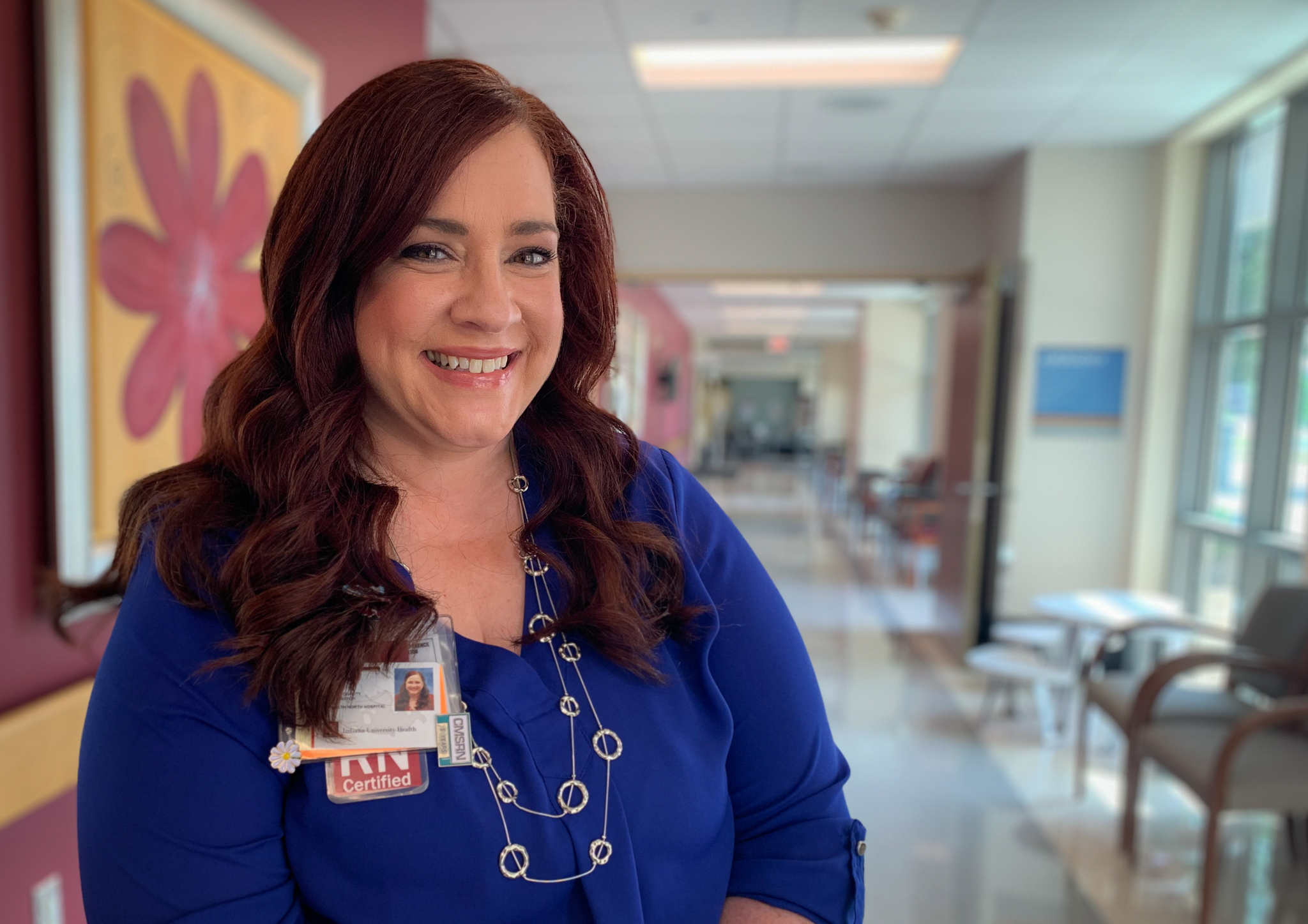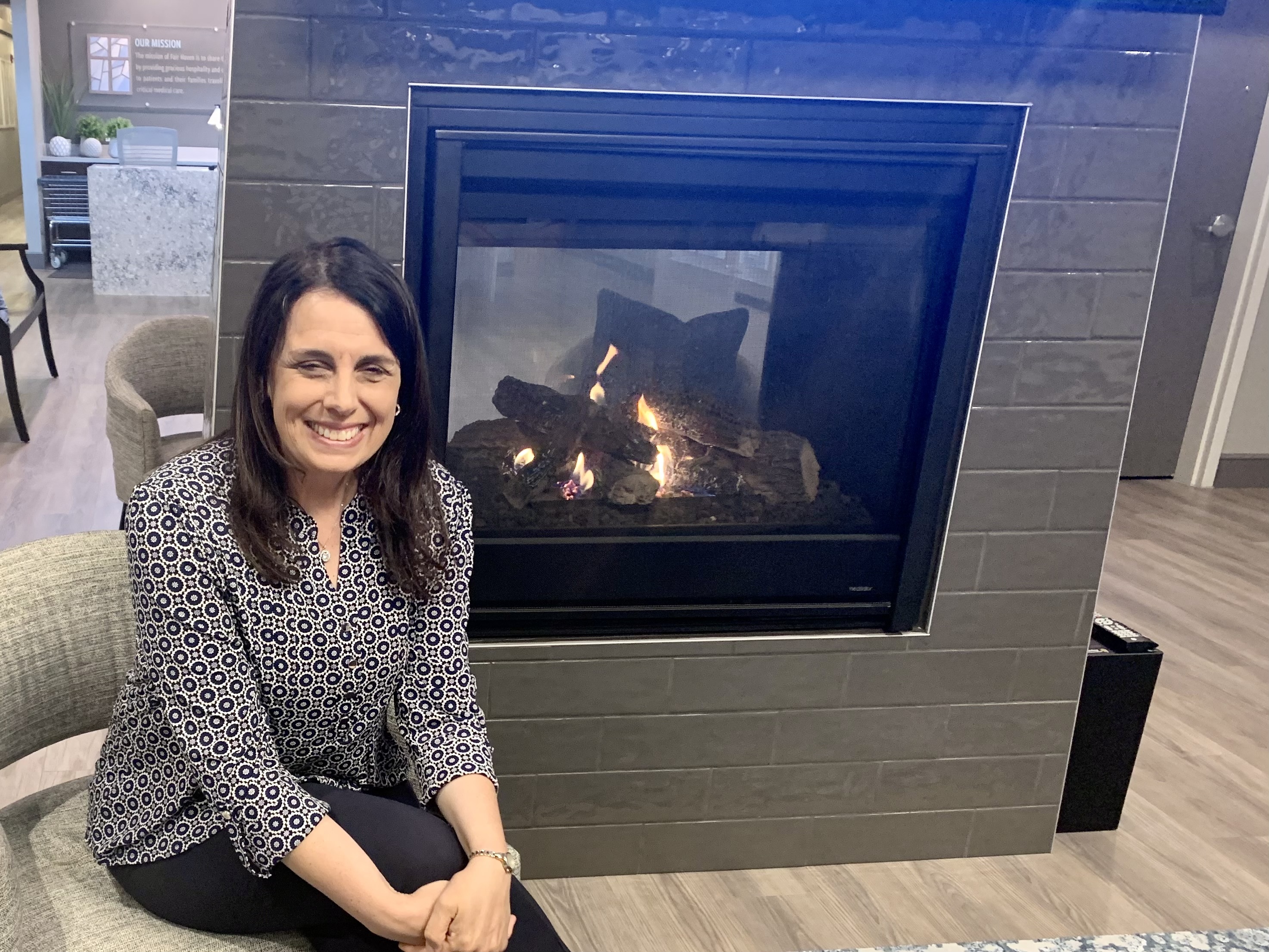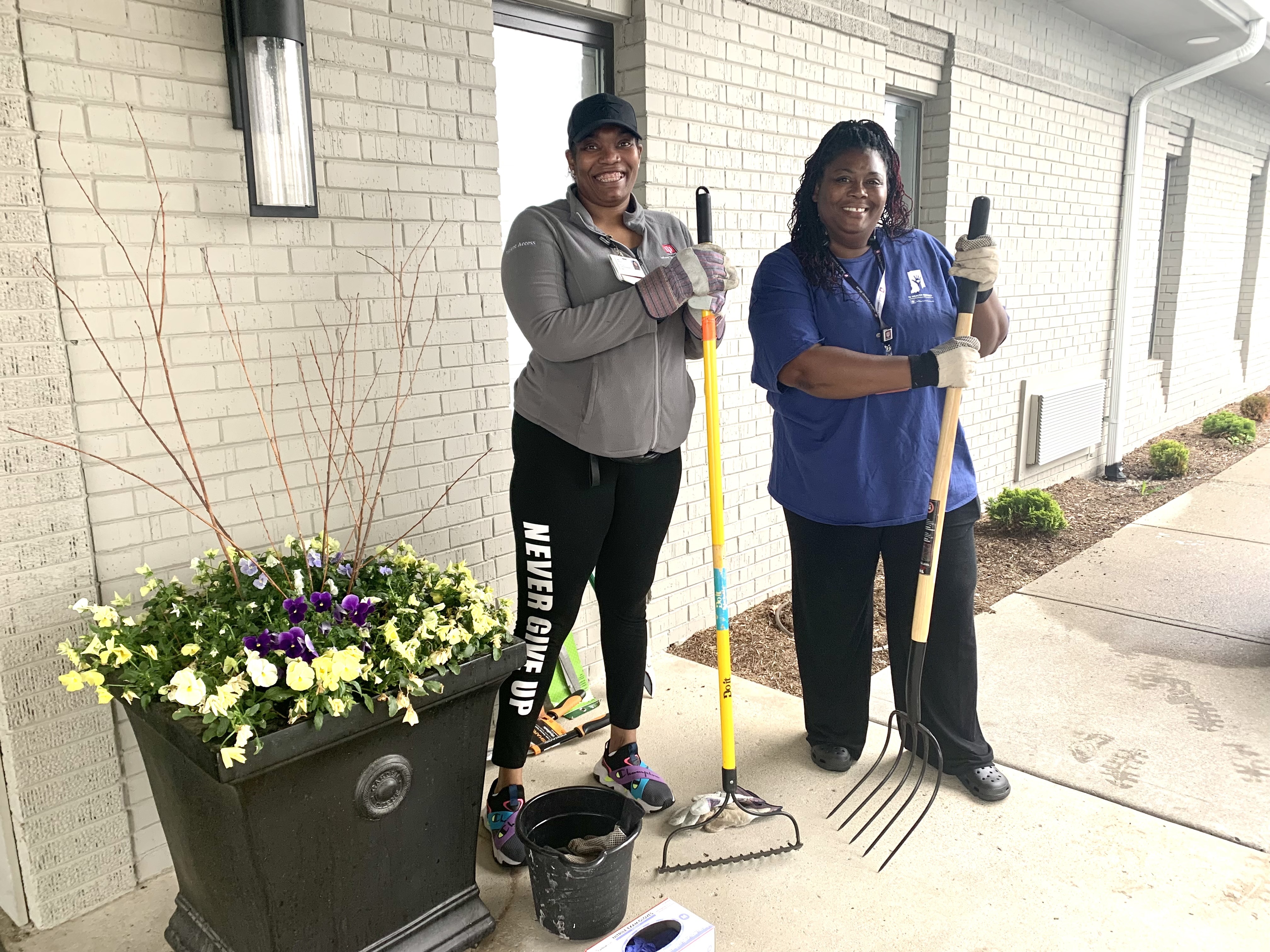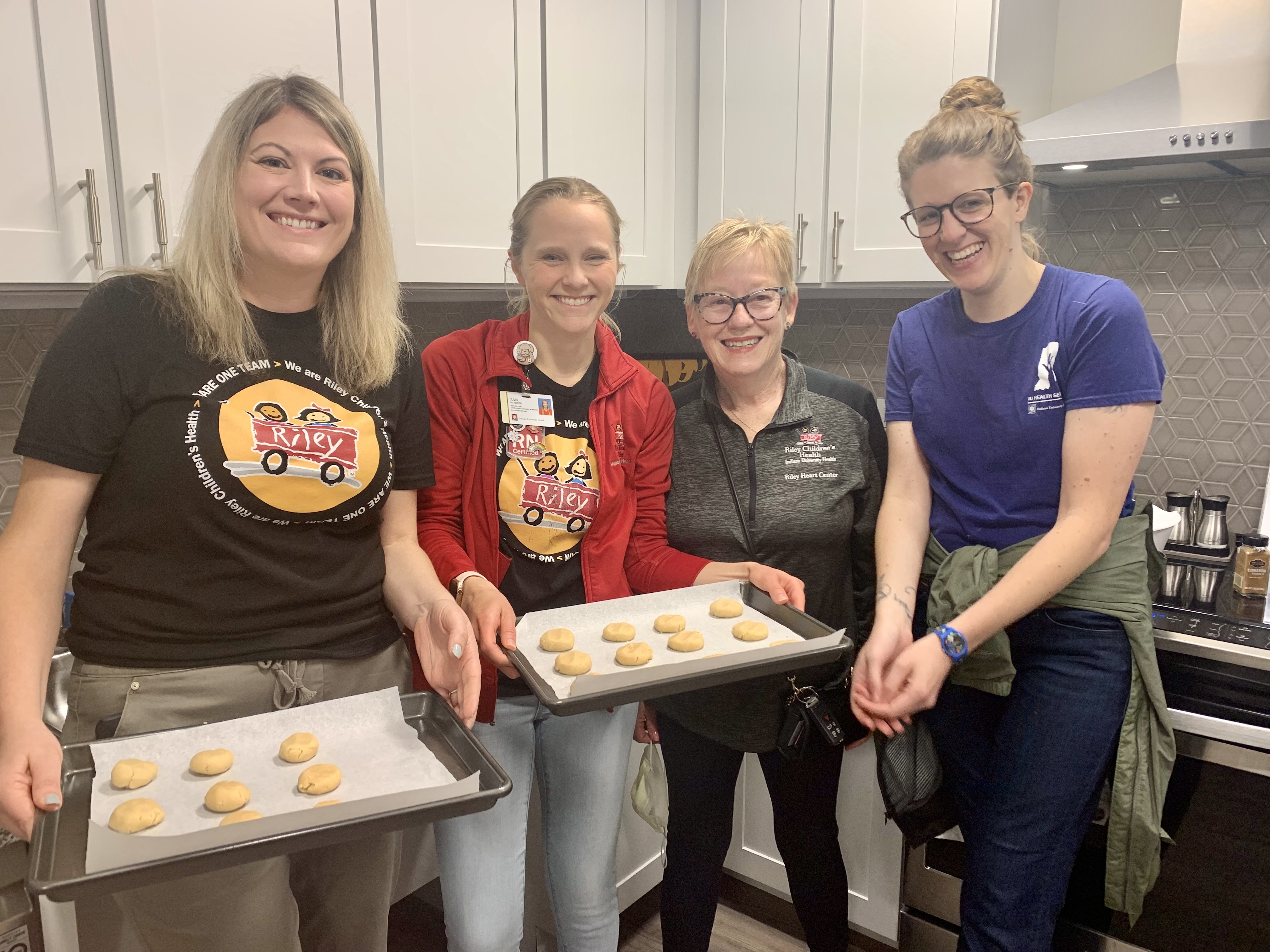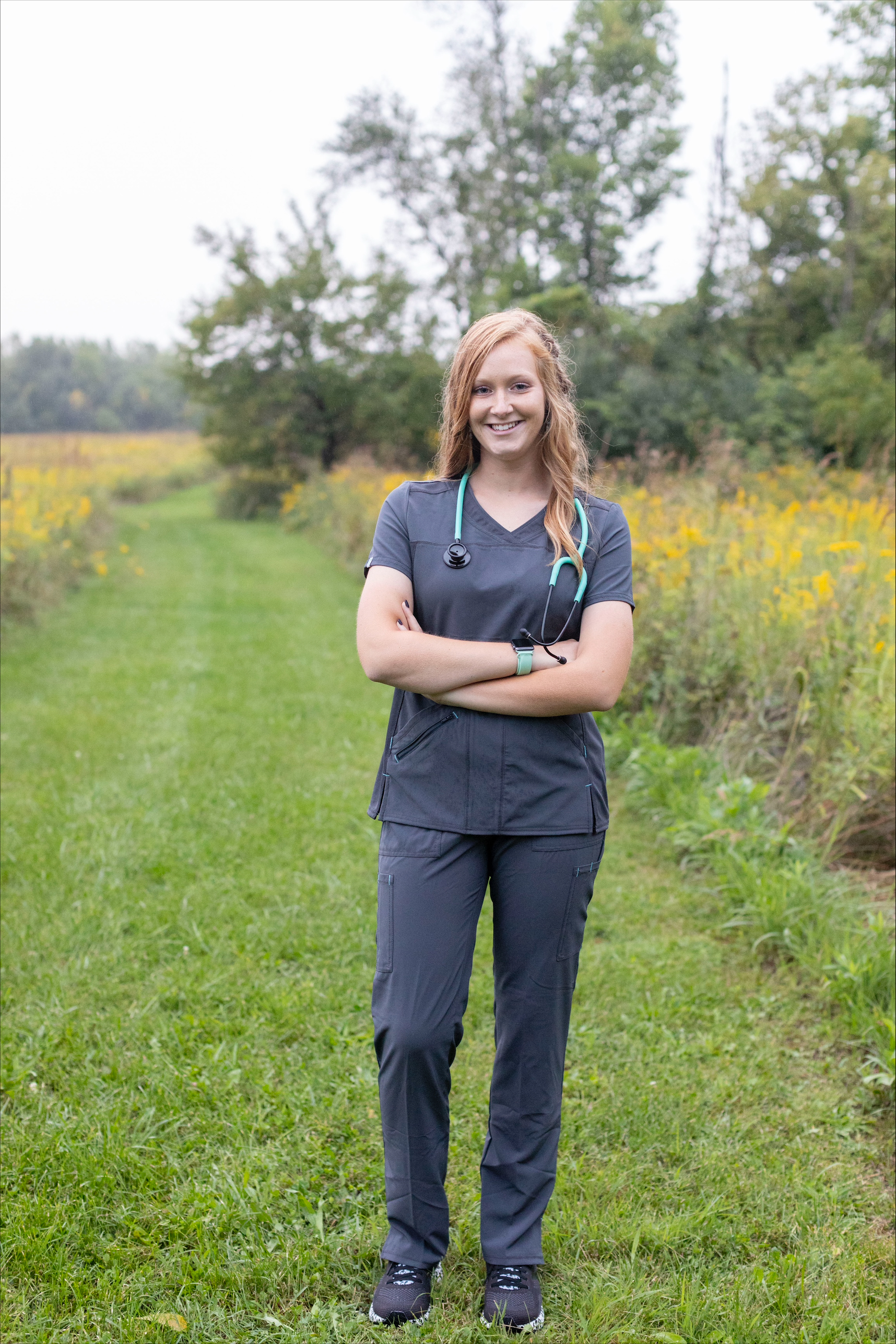Research shows that exercise improves the lives of patients with cancer. Now a program at IU Health has expanded to a new space – especially for oncology patients.
By TJ Banes, IU Health Senior Journalist, tfender1@iuhealth.org
As he lifts weights and takes long strides across the workout room, James Poole talks about living with advanced stage prostate cancer.
Diagnosed 12 years ago at Stage Four, Poole has been in the care of IU Health’s Dr. Nabil Adra. At one point, he said it seemed as though his days were numbered. After undergoing a vigorous treatment plan, Poole is maintaining his health by taking part in a program called, “Multidisciplinary Oncologic Vitality and Exercise (M.O.V.E.). Created by IU Health’s Dr. Tarah Ballinger, MOVE brings together a group like minded healthcare professionals from various disciplines. The goal is to offer supportive oncology services as part of every patient’s journey through survivorship. Physical therapy and exercise are part of those services.
Three times a week Poole comes to IU Health University Hospital where a weight and training room opened in February. There is one exercise physiologist, Danielle Halsey, and one physical therapist, Bryce Showers who work with Poole and other patients. Halsey says she has about 15 patients she sees once or twice a week, either in person or virtually.
Each patient is given a plan that includes aerobic exercise, resistance and strength training. The benefits of strength training include, reducing fatigue, improving physical function, and improving bone health.
Studies indicate that up to 90 percent of patients treated with radiation therapy and up to 80 percent of those treated with chemotherapy experience fatigue. The National Comprehensive Cancer Center (NCCN) recommends exercise as one of the most effective non-pharmacologic interventions for patients treated for cancer. The American Cancer Society recommends people undergoing cancer treatment, and cancer survivors, perform consistent physical exercise to decrease fatigue, and improve the ability to perform normal daily activities. Studies show that exercise can improve an individual’s chances of surviving cancer. Physical therapists design individualized exercise and treatment programs to reduce or prevent many cancer-related problems.
“I feel like I’m stronger and have more energy,” said Poole, who has been married for almost 30 years and is the father to twin sons. He is a golf pro and works as a golf coach at Roncalli High School.
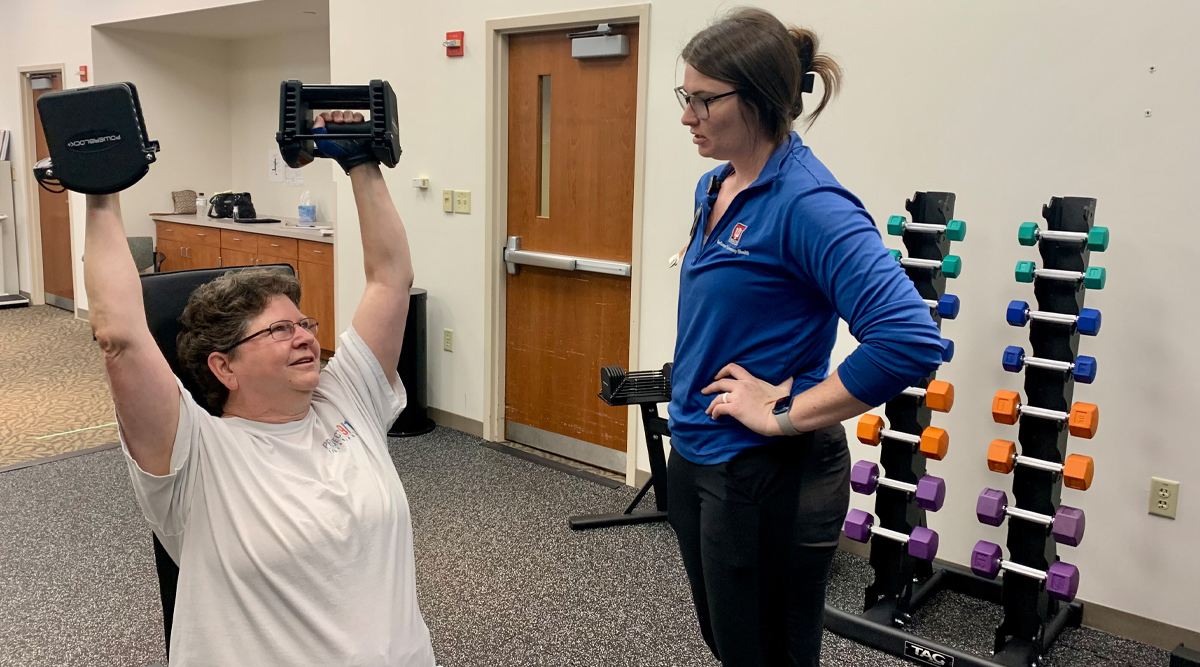
An unexpected benefit of the program is camaraderie developed among patients. While Poole worked out he was joined by Jackie Weller, who was diagnosed with breast cancer in 2021. She is in the care of Dr. Nawal Kassem and was one of the first patients to participate in MOVE. A retired accountant, Weller said she went through chemotherapy and radiation and is now cancer free. She continues with MOVE because she feels like it has improved her strength and overall well being.
Patients are referred to MOVE through social workers, clinics and oncologists. They may also self refer. In addition to open gym and physical assessments, the program includes small group training and fitness and virtual training. For more information: IUMOVE@iupui.ed. or 317-278-1415.

